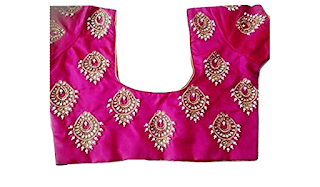Dive deep into the fascinating history of bangles, ranging from their ancient origins to modern-day evolution, and understand why they are an enduring symbol of culture and style
The Fascinating History of Bangles
When we think about the classic adornment for hands, it's hard not to include bangles. Ever wondered about the rich history of bangles? Well, let's dive right into it.
History of Bangles
First thing's first, let's discuss the history of bangles. This story dates back to prehistoric times, around 5000 years ago. In fact, archaeological discoveries reveal that people wore bangles in the ancient civilizations of Mohenjo Daro and Harappa. Fascinating, isn't it?
Origins and Cultural Significance
Bangles originated from the word 'bungri' in Hindi, which literally translates as 'glass'. In ancient times, bangles were made from terracotta and bronze, and slowly mollusk shells, copper, silver, and gold began to dominate.
In cultural terms, bangles hold distinct importance in different societies. For instance, in India, a married woman's adornment isn't complete without bangles. They symbolize safety and protection for husbands.
Evolution and Modern Usage
Bangles have come a long way since the early days, don't you think? Although their traditional significance has endured, bangle designs have evolved dramatically, with modern bangles catering to contemporary fashion trends while also adding a touch of tradition. Today, you'll find bangles made from various materials like glass, wood, plastic, and precious metals.
Head-Turning Styles of Bangles
Are you familiar with some of the most stylish bangles out there?
- Chooda: A special type of bangle worn by Punjabi brides.
- Kadas: These are thick bangles predominantly worn by men.
- Glass Bangles: Preferred by women for their colorful designs and delicate looks.
- Stone-Studded Bangles: These carry an aura of elegance and are great for special occasions.In a nutshell, bangles have firmly cemented their place in fashion due to their diverse designs and cultural importance.
To Conclude



Comments
Post a Comment